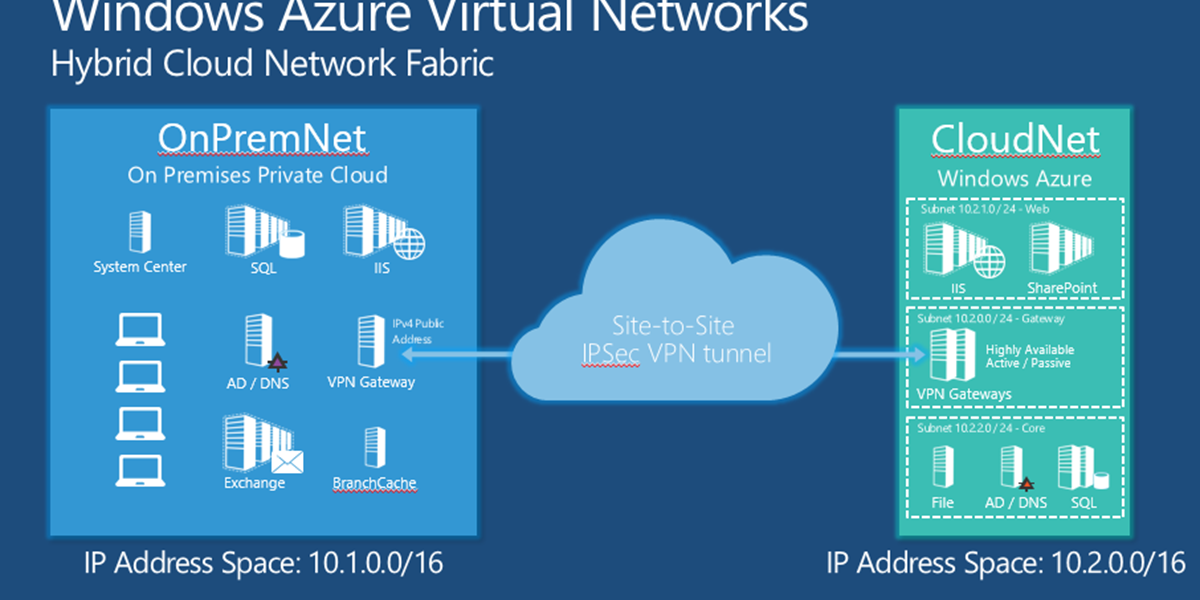Why A Hybrid Model Might Be for You

With cloud solutions, there's been some hype about leaving on-premises solutions behind. While that may work for some businesses, we've found that for other clients, there's a great alternative: a hybrid solution.
It would be easy to say it's a best-of-both-worlds approach. Instead, a hybrid approach is about maximizing cloud and on-premises solutions specific to your applications and needs, helping your operations run more securely and smoothly.
So, how does a hybrid solution work?
A hybrid cloud combines some combination of public cloud providers, like Azure, with private cloud solutions using on-premises servers.
Microsoft Azure makes it easy to securely connect public with private clouds, and run services from both
Public clouds use shared infrastructure for all users, maintained by the provider.
Users looking to house general data, files, and non-sensitive materials can move these objects into a shared cloud. This is also a good solution for users trying to shed maintenance costs or quickly scale use up or down based on immediate need.
Public cloud storage gives the provider control over your data, so it's an imperfect solution if you have large amounts of data you need to protect.
Private clouds are portions of servers partitioned to single entities or users.
This is a strong option for those with compliance requirements, regulatory requirements or security concerns. Users can have dedicated services, restrict access, and secure their networks. On-premises servers and cloud servers can also be configured to communicate on a private network (as shown above).
You can keep your on-premises servers while also gaining the power, accessibility, and flexibility of a cloud solution. If you need to scale up, you can. If there is ever a need for disaster recovery, you have it.
So, what's the value of a hybrid solution?
Cost and computing power! A mix of both can strike a balance between performance and cost that aligns to your business requirements.
Some applications that don't need the security of a private cloud benefit from the cheaper cost and flexibility of public cloud. Other applications need the consistent power and security of a private solution.
A private cloud can be your base of operations and security, with the public cloud available for increased demand, short-term changes, and the unexpected.
Whether you're looking to increase your security, emergency preparedness, flexibility or to decrease overall costs, there is often room for both clouds in your hybrid solution!
Next Steps
Our Hybrid Cloud Starter Pack provides the foundations for connecting private to public clouds. If you're interested in learning more or setting up an assessment, please contact us










